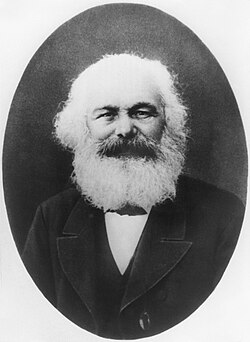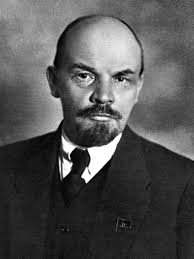What Is Communism?
A radical idea about a society without class, money, or the state, built on common ownership.
Communism in a Nutshell
-
Classless Society
The ultimate goal is to eliminate the division between owners and workers.
-
Common Ownership
The means of production (factories, farms) are owned and controlled by the community.
-
Abolition of the State
In pure theory, the state "withers away" once a classless society is achieved.
Meet the Pioneers

Karl Marx
The Theorist
Historical Materialism
"The history of all hitherto existing society is the history of class struggles."

Vladimir Lenin
The Revolutionary
Vanguard Party
"Without revolutionary theory there can be no revolutionary movement."
So, where do YOU fit in?
You've seen the ideas. Now see how your own views measure up on the political spectrum.
Take the Free TestA Deeper Dive
What People Mean by “Communism”
Communism is a political and economic system built around equality and common ownership. In simple terms, it says society should not be split into rich and poor classes. Instead, people should work together and share the benefits. The core focus is the working class. This is the group that sells its labor to survive. Under communism, that group would own factories, land, and tools together.
Think of it like a public library, but for the economy. Instead of one person owning the “books” (factories and land), the community runs them for everyone’s use. Supporters say this ends unfair power and greed. Critics say it kills incentives and limits freedom.

Where the Idea Comes From
Marx, Engels, and The Communist Manifesto
The most famous founders are Karl Marx and Friedrich Engels. In 1848 they wrote the Communist Manifesto. They argued that history is a struggle between classes. The owners (called capitalists) control wealth. The workers create that wealth but get only a small share. Marx and Engels said this system would lead to crises and should be replaced. By “private property” they meant productive property like factories and mines, not your clothes or your phone. For a quick modern guide, see Leslie Holmes’s Communism: A Very Short Introduction.
How It Works in Theory
Marx outlined a path. First, workers would take power. This stage is often called the dictatorship of the proletariat. The word “dictatorship” here means rule by one class (the working class), not one person. The goal is to break the hold of the old elites. In this phase, the state would control major industries. Over time, as classes fade, the state would “wither away.” The final goal is a classless society with no need for a strong state.
Communism in the 20th Century
Vladimir Lenin led the Bolshevik Revolution in Russia in 1917, building the first large communist state: the Soviet Union. The government took over industry and land. Through the 20th century, communist ideologies spread to Eastern Europe, China, Vietnam, and Cuba. These countries ruled by communist parties built their own versions, often with state-owned industry and tight political control. Results varied. Some achieved big gains in literacy and health. Many also faced famines, purges, or chronic shortages.
Communism Today
Some countries still have communist parties in power. China is the largest. It calls its system “socialism with Chinese characteristics” and has allowed markets in many areas while keeping one-party rule. For a modern look at China’s mix of party control and markets, see George Magnus’s Red Flags: Why Xi’s China Is in Jeopardy.
Main Criticisms
Critics say planning is too complex and kills innovation. Without the private property and market signals common in liberal democracies, it is hard to know what people want. Many also point to the record of communist governments. One-party systems often limited free speech, jailed opponents, and abused human rights. Shortages and poor quality goods were common.